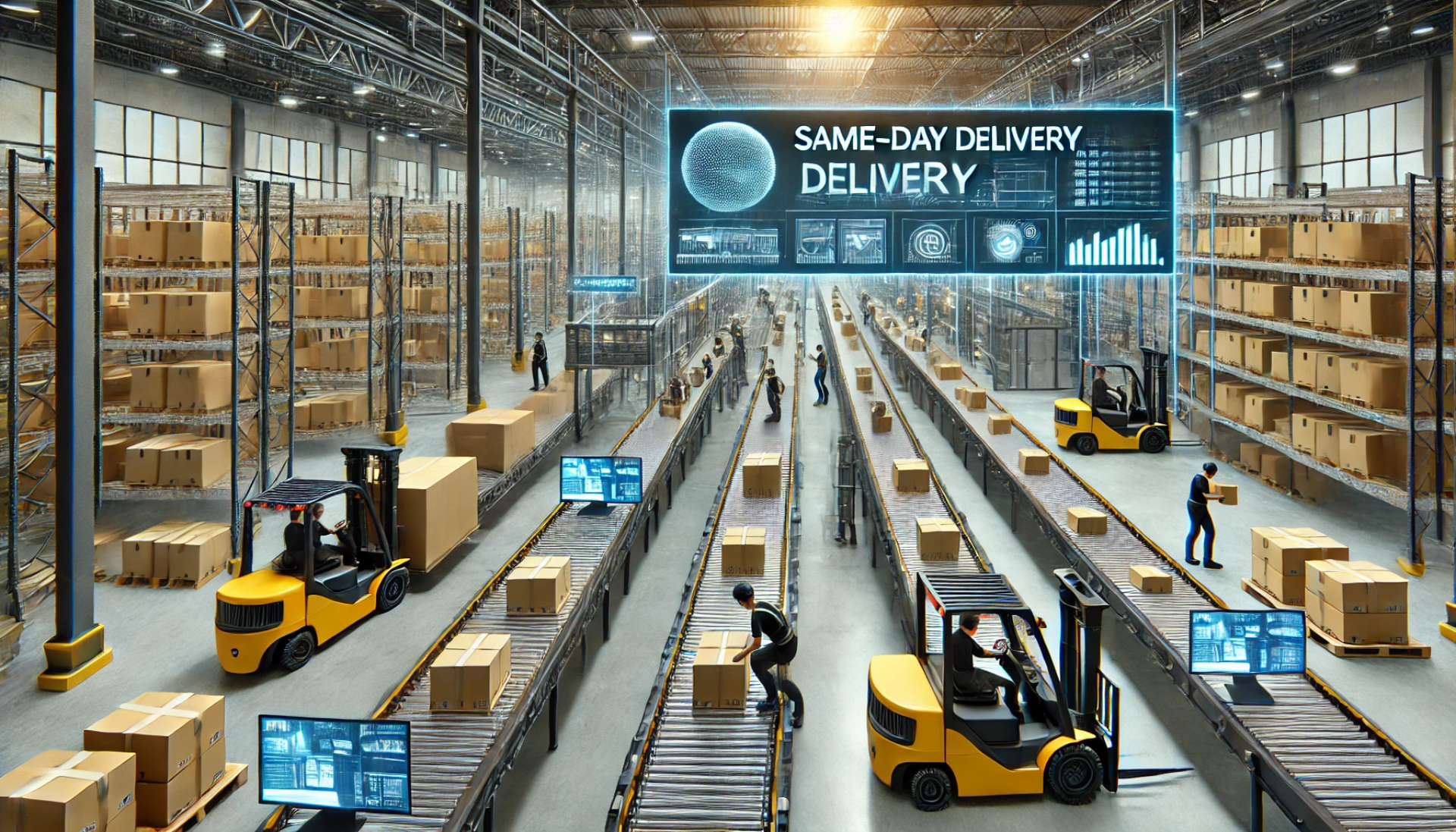Sustainability in Logistics: The Impact of Green Initiatives on Hiring Strategies
Sustainability is no longer just a buzzword; it has become a driving force across industries, and logistics is no exception. As companies strive to meet stringent environmental regulations and consumers demand greener practices, the logistics sector is rapidly evolving. The integration of sustainability into logistics operations is not only transforming how businesses function but also significantly impacting hiring strategies.
From the rise of ‘green jobs’ to the increased appeal of eco-conscious companies to modern candidates, the logistics sector is experiencing a shift in its approach to recruitment. This blog will explore how sustainability practices are affecting hiring in logistics and how companies can attract talent committed to environmental practices.
1. The Rise of ‘Green Jobs’ in Logistics
Sustainability has spurred the creation of new job roles across the logistics sector. As companies adopt more environmentally friendly practices, the demand for professionals skilled in sustainable supply chain management, green technology, and carbon reduction initiatives is on the rise.
Key Green Job Roles in Logistics
- Sustainability Managers: Overseeing and implementing eco-friendly initiatives throughout the supply chain, from transportation to packaging.
- Energy Efficiency Specialists: Focused on reducing energy consumption in warehouses and transport fleets through innovation and technology.
- Carbon Footprint Analysts: These professionals assess the environmental impact of logistics operations and recommend strategies to reduce carbon emissions.
- Eco-Friendly Packaging Designers: Developing sustainable packaging solutions that align with environmental goals and reduce waste.
According to a 2023 report by the International Labour Organization (ILO), ‘green jobs’ are set to increase by 24 million globally by 2030, with logistics being one of the key sectors driving this growth. Companies that prioritise sustainability are in need of professionals with specialised knowledge to help them achieve their environmental targets.
2. How Sustainability is Shaping Hiring Strategies
Companies integrating sustainability into their core operations must adapt their hiring strategies to attract candidates who align with their values. The shift towards greener logistics has prompted businesses to re-evaluate the skills and qualifications they seek in potential employees.
Key Shifts in Hiring Criteria
- Sustainability Knowledge: Logistics professionals with a background or certification in environmental management are highly sought after. Companies are looking for candidates who can incorporate sustainable practices across logistics, such as reducing emissions, optimising route planning, and implementing renewable energy solutions in warehouses.
- Tech-Savvy Talent: The rise of digital technologies, such as AI and blockchain, in tracking and improving the sustainability of supply chains means that candidates with strong technical skills are in demand. These technologies are essential for tracking carbon footprints, enhancing efficiency, and reducing waste.
- Innovative Mindsets: Companies are searching for professionals who can think outside the box and innovate within the parameters of sustainability. Candidates who can propose new, eco-friendly solutions for logistics challenges will have a competitive edge.
The result is a talent pool that must be both environmentally conscious and capable of driving operational efficiencies—an essential balance for companies aiming to achieve both profitability and sustainability.
3. The Attraction of Green Companies to Modern Candidates
Sustainability is not just a corporate goal but a value that resonates deeply with modern job seekers, particularly younger generations. According to a 2022 LinkedIn report, 86% of millennials would consider taking a pay cut to work for a company whose mission aligns with their values, including environmental sustainability.
This shift in candidate priorities has led to a significant competitive advantage for companies that place sustainability at the heart of their operations. Modern candidates are increasingly evaluating potential employers based on their environmental practices and commitment to sustainability.
How Green Initiatives Make Companies More Attractive
- Positive Corporate Reputation: Companies that lead the way in sustainability are perceived as more innovative, forward-thinking, and responsible. This positive image not only attracts top talent but also helps retain existing employees who want to be part of an ethical organisation.
- Engagement with Purpose-Driven Work: Candidates today, particularly Gen Z and millennials, are more motivated by purpose-driven roles. Working for a logistics company that integrates green initiatives gives employees the satisfaction of contributing to a larger goal—combating climate change.
- Long-Term Growth Opportunities: Sustainability in logistics is a growing field with room for career development. Professionals in this sector have the opportunity to grow their expertise in a rapidly evolving area that will continue to play a critical role in the future of the industry.
4. Data Supporting the Shift to Sustainability in Recruitment
The numbers speak for themselves when it comes to the importance of sustainability in recruitment. According to the 2023 Deloitte Global Survey, 76% of candidates say they would not consider working for a company that does not have clear sustainability policies. Furthermore, companies that have integrated sustainable practices into their logistics operations report a 22% increase in applications from qualified candidates compared to those that haven't embraced sustainability.
In addition, a report by the World Economic Forum revealed that businesses with strong sustainability practices experience a 35% increase in employee retention rates. Candidates are increasingly choosing employers based on their commitment to making a positive environmental impact, and companies that lag behind in sustainability may struggle to attract and retain top talent.
5. How Companies Can Attract Talent Committed to Sustainability
To tap into this growing pool of environmentally conscious talent, logistics companies need to make sustainability a key part of their recruitment strategies. Here are some actionable steps companies can take:
Highlight Your Sustainability Initiatives
Make sure that your company’s commitment to sustainability is visible to potential candidates. This could include showcasing your environmental goals on your website, sharing success stories on social media, or even discussing your green initiatives during the recruitment process.
Offer Green Upskilling Opportunities
Provide opportunities for employees to develop their knowledge of sustainable logistics practices. This could include sponsoring certifications in green supply chain management or offering workshops on carbon reduction strategies. Employees are more likely to be attracted to companies that invest in their long-term career development, especially in areas related to sustainability.
Create Purpose-Driven Roles
Make it clear how each role in your company contributes to its sustainability goals. Candidates today want to feel like their work has a positive impact on the environment. By creating purpose-driven roles, you can attract professionals who are passionate about sustainability and eager to contribute to your company's green initiatives.
Conclusion
Sustainability is transforming the logistics sector, not just in terms of operations but also in the way companies recruit and retain talent. As the demand for green logistics practices grows, so too does the need for professionals who can lead the way in sustainability. Companies that embrace this change will be well-positioned to attract top talent, enhance their corporate reputation, and future-proof their operations.
For businesses, the time to adapt is now. By integrating sustainability into hiring strategies, logistics companies can ensure they are not only meeting today’s environmental standards but also becoming employers of choice in an increasingly eco-conscious job market.











